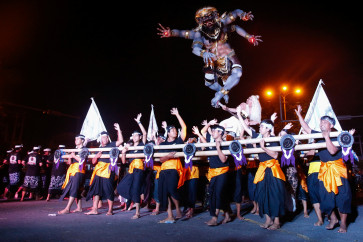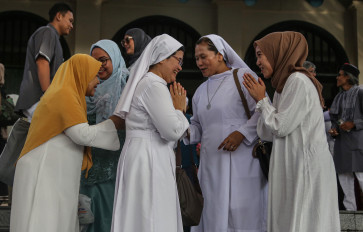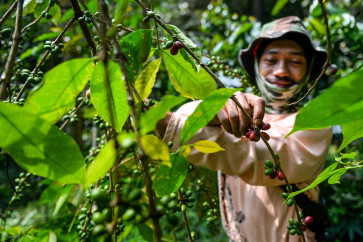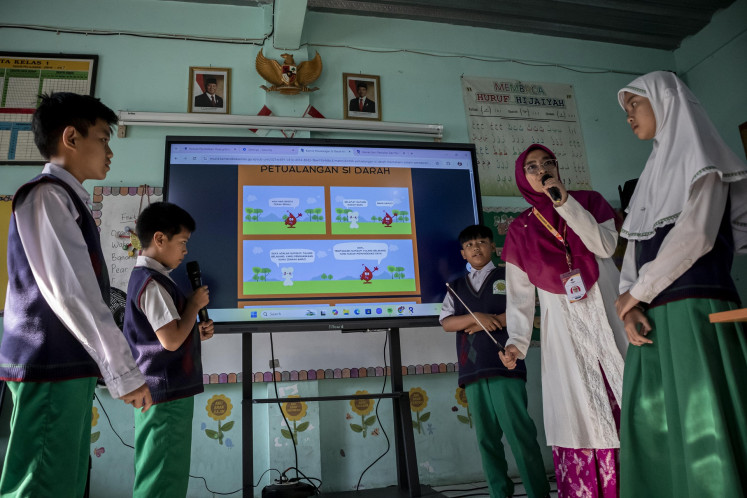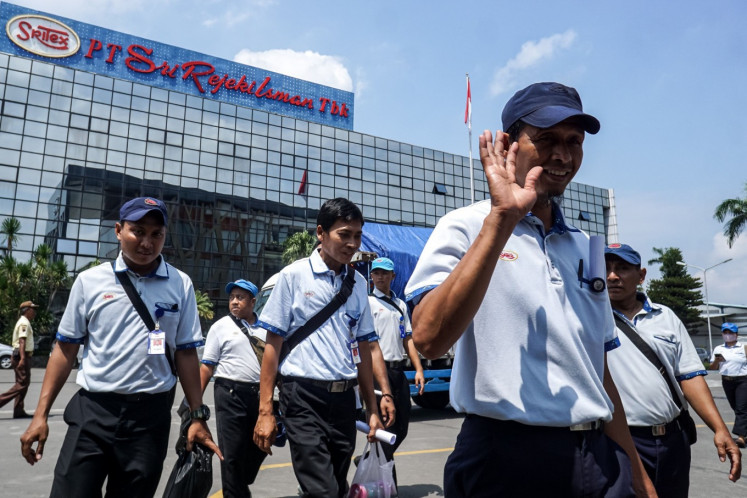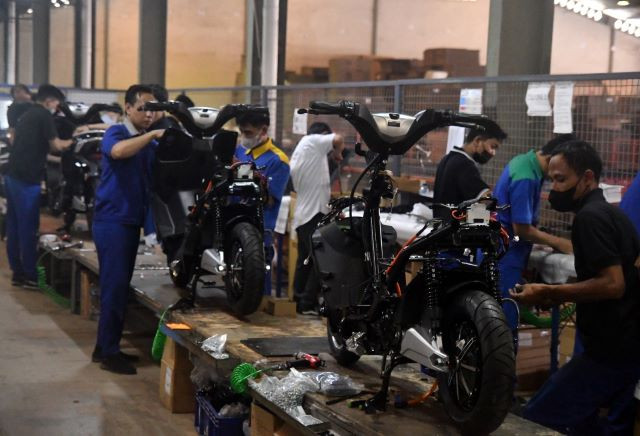Obituary: Bali mourns passing of Made Wijaya
(JP/Anggara Mahendra)A large number of Balinese intellectuals and expatriates were stunned on Monday by the news of the passing of Made Wijaya, an Australian-born adopted son of the resort island and one of her staunchest promoters and defenders
Change text size
Gift Premium Articles
to Anyone

(JP/Anggara Mahendra)
A large number of Balinese intellectuals and expatriates were stunned on Monday by the news of the passing of Made Wijaya, an Australian-born adopted son of the resort island and one of her staunchest promoters and defenders.
Wijaya passed away on Sunday night at a hospital in his hometown of Sydney, Australia. On Monday afternoon, his close friends and members of his Balinese family congregated in Denpasar to discuss his cremation. Born Michael White, Wijaya converted to Hinduism decades ago.
“It is likely that his body will be cremated in Australia and then the ashes will be transported here and we will have a Hindu ritual here,” Kepaon customary village, Denpasar, chief Ida Bagus Suteja said.
Suteja hails from the Brahmin family that in the early 1970s took in the young Wijaya as an adopted member.
“He always prayed at our family shrine before making an overseas trip,” he added.
“Even among legends Made was unique: a complex character, sharply perceptive, offensively acerbic at times, kind and generous at others, deeply serious in his commitment to beauty and his intense exploration of Balinese culture---yet perfectly capable of flipping on the drama queen switch. Life was never dull around Made and we already miss him terribly,” famed photographer and long-time friend Rio Helmi said.
A cultural provocateur with a nearly unrivaled wit and, often, bizarre sense of humor, Wijaya had for decades chronicled the island’s ups and downs, from its majestic temple festivals to the rites of passage of its influential royal and Brahmin families, through his columns in mainstream media, including The Jakarta Post, as well as in his website strangerinparadise.com and blog wijayajournal.blogspot.co.id.
His social media feeds were a mixture of thoughtful criticisms of the current state of Bali, particularly on the mushrooming of what he described as unsightly, architectural nightmares of hotels along the island’s coast and satirical lampoons on the rising moral conservatism and snobbery among the island’s elites.
Wijaya arrived in Bali in 1973, after he jumped ship and swam ashore in a rainstorm, his official biography states.
A student of architecture, he first of all intended the visit as a short break from his studies, but his fascination with Bali’s rich culture and tradition led him to move in with a Brahman family in Kepaon. After various jobs teaching tennis and English, working as a tourist guide and photo-journalist, he began contributing to guide books before being asked to design the gardens of the legendary Bali Oberoi hotel.
More than 600 gardens later, Wijaya was a world-renowned tropical garden designer whose company, PT Wijaya Tribwana International, had a 500–strong team of artisans and “garden commandos,” as he called them. He frequently traveled from his Bali base to Singapore, India, Spain, Morocco, Hawaii, Australia and Mexico to weave his magic.
A recognized authority on tropical gardens and Southeast Asian architecture, he published six books -- The Complete Stranger in Paradise; Balinese Architecture: Towards an Encyclopaedia; Tropical Garden Design (Archipelago Press and Wijaya Words, 1999); At Home in Bali (Abbeville Press, 2000); Architecture of Bali – A Source Book of Traditional and Modern Forms (Archipelago Press and Wijaya Words, 2002), and Majapahit Style: Volume I (Wijaya Words, 2014).
He also contributed to Tropical Asian Style and was the main author of a pocket guidebook to Bali.

